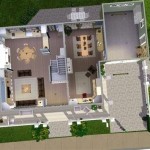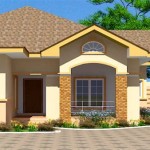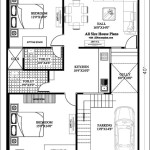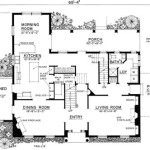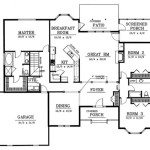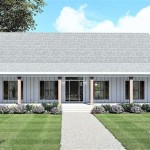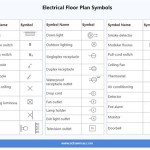Essential Aspects of House Plans for Underground Homes
Underground homes offer unique advantages, including protection from extreme weather, energy efficiency, and privacy. However, designing and building an underground home requires careful planning and attention to specific aspects.
1. Site Selection and Geotechnical Analysis
Choosing the right site is crucial for an underground home. The property should have stable soil conditions, adequate drainage, and low water table levels. A comprehensive geotechnical analysis should be conducted to assess soil composition, bearing capacity, and potential hazards.
2. Structural Integrity and Water Resistance
Underground homes must withstand the weight of the soil and moisture intrusion. The structural design should incorporate reinforced concrete or steel beams to support the roof and walls. Waterproofing membranes and drainage systems must be installed to prevent water damage.
3. Ventilation and Air Quality
Adequate ventilation is essential for air quality and moisture control. Mechanical ventilation systems are typically installed to circulate fresh air throughout the home. Moisture-resistant materials should be used in construction to minimize condensation and mold growth.
4. Lighting and Natural Light
Underground homes often have limited natural light. Skylights, light tubes, and windows at ground level can be incorporated into the design to provide natural light. Artificial lighting systems should be carefully designed to create a comfortable and inviting living environment.
5. Energy Efficiency
Underground homes are naturally energy efficient due to the stable temperature of the Earth. Insulation and airtight construction should be prioritized to minimize heat loss and gain. Passive solar design can be employed to take advantage of the sun's energy.
6. Access and Emergency Egress
Underground homes require secure access and an emergency egress plan. Multiple entrances and exit points should be incorporated into the design. Stairs, ramps, and elevators can be used to connect different levels of the home and provide quick evacuation in case of an emergency.
7. Landscaping and Green Space
Integrating landscaping and green space around an underground home can enhance both the aesthetic appeal and livability. Terraces, courtyards, and outdoor gardens can provide natural light, fresh air, and a connection to the outdoors.
8. Legal Considerations and Building Codes
Building an underground home may require special permits and adhere to specific building codes. It is important to check local regulations and consult with an experienced architect or builder to ensure compliance with building standards and safety requirements.
By carefully considering these essential aspects, it is possible to create underground homes that are safe, comfortable, and energy-efficient. However, it is crucial to work with qualified professionals to ensure proper design and execution.

26 Luxury Hiline Home Plans Underground Homes House Earth Sheltered

An Underground House Alaska Science Forum Homes Earth Sheltered

Lovely Underground Home Plans 4 House Homes Earth Sheltered

Designing Building Solar Underground House Sue Robishaw Steve Schmeck

Cedar Haven Home Design Earth Sheltered 3 4 Br Ba Homes Underground House Plans

How To Build An Underground Home The Tiny Life

Superb Underground Home Plans 2 Homes House Beach

Underground Home Plans And Designs Natural Security Shelters

Plan 10376 Underground Delight

Rockspring Hill Berm Home Underground House Plans And More Mediterranean Style

